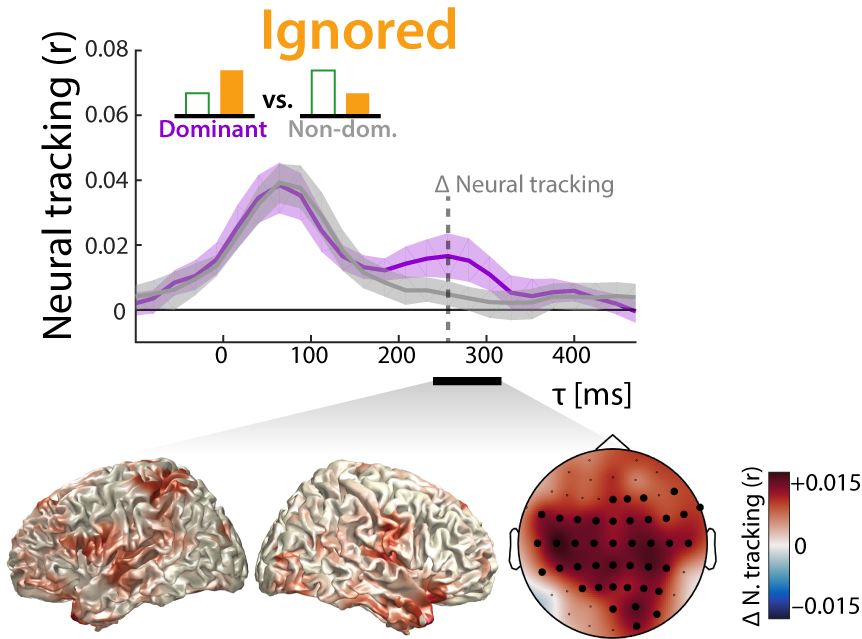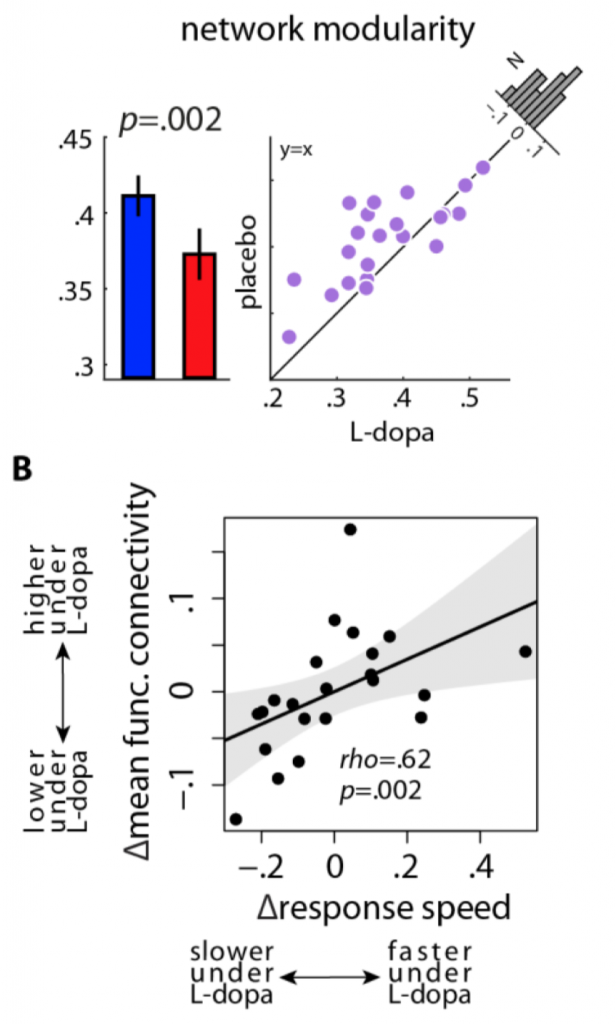How brain areas communicate shapes human communication: The hearing regions in your brain form new alliances as you try to listen at the cocktail party
Obleserlab Postdocs Mohsen Alavash and Sarah Tune rock out an intricate graph-theoretical account of modular reconfigurations in challenging listening situations, and how these predict individuals’ listening success.

Available online now in PNAS! (Also, our uni is currently featuring a German-language press release on it, as well as an English-language version)





